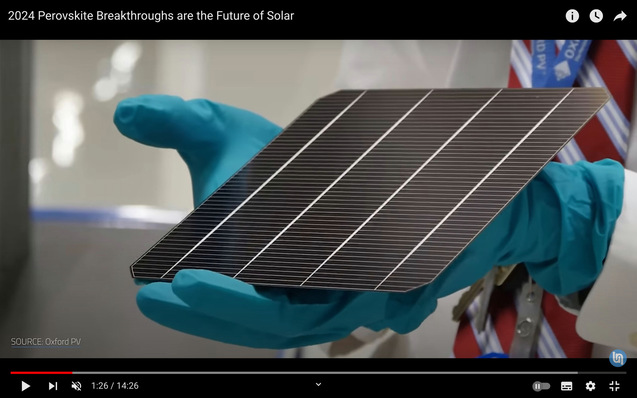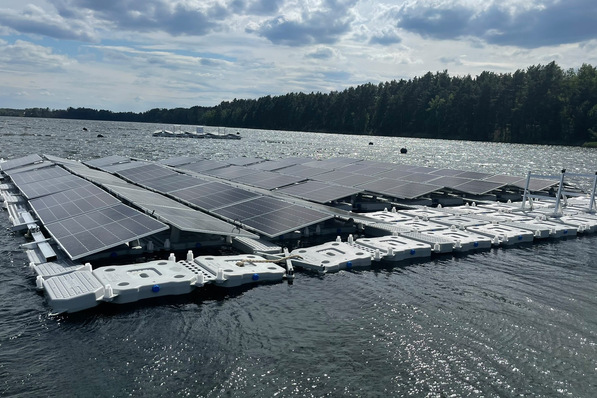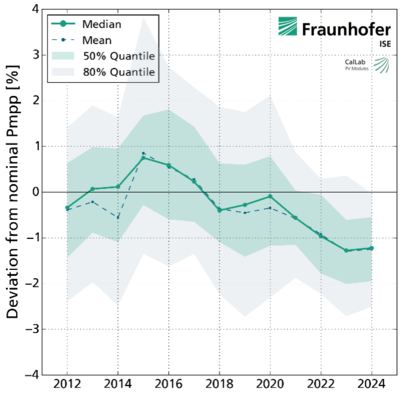Owners of existing buildings still hardly use electric heat pumps. This is because up to now there is little knowledge about how heat pumps can reliably supply heat to such buildings. The researchers at Fraunhofer ISE have recently put an end to such doubts.
They have observed heat pump installations in various older buildings with different energy standards over five years. The results are very promising. On the one hand, the devices usually functioned perfectly. There were hardly any malfunctions during operation, if the systems were designed to suit the respective building.
Flow temperatures are sufficient
The 41 examined plants usually could also reliably provide enough warmth in order to heat the buildings sufficiently even on cold winter days. "In existing buildings, the required heating circuit temperatures in the standard design are often discussed, i.e. the heating circuit temperatures at very low outside temperatures of around -12 to -16 degrees Celsius," explains Marek Miara, coordinator of heat pumps at Fraunhofer ISE. "However, such bitterly cold days occur only extremely rarely. Therefore, the temperatures required when most heating takes place, i.e. at temperatures just above zero degrees Celsius, are crucial for efficiency. The rare extremes are therefore hardly significant in the annual balance sheet".
See also:
High Alps: PV mounting system fit for mountain refuge
This is also shown by the operating times of the electric heating elements installed as back-up. In the case of air-source heat pumps, these only had to supply 1.9 per cent of the heat. With the ground-source heat pump systems, the electric heating elements were not used at all during the entire observation period. Reliable operation depended less on the energy standard of the building than on the correct design of the entire system.
Heat pumps reduce the climate impact of the existing building
At the same time the researchers were very well able to calculate the advantage of the heat pump heating systems for the climate. On the basis the provided warmth they could compare these with gas boilers. The result: The heat pumps cause between 19 and 57 per cent fewer CO2 emissions than a gas boiler with the same heat output. This value applies to the use of mains electricity. If the heat pumps consume a large proportion of solar power produced on site, the CO2 emissions of the systems are even more significantly reduced.
The entire study is available as a free download from the Fraunhofer ISE website. (mfo)







